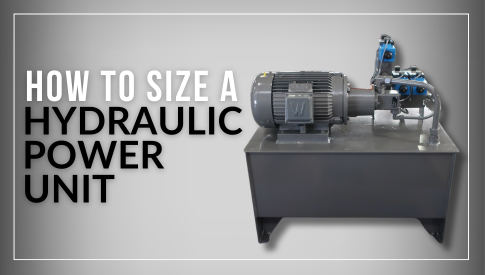Integrators have become the supplier of choice for capital projects in terms of turnkey systems design. Traditional suppliers, such as distributors, have vast inventory but often lack the technical understanding of a system. Manufacturers can create project-specific components but, like distributors, lack the in-depth knowledge to develop and execute a turnkey, fully integrated solution. To help paint a picture of this relationship, consider the following: asking a goldfish to fly is no different than asking a bird to swim. Each has a different set of skills and the communication between the two is essentially nonexistent. True integrators overcome this challenge by being proficient in various technical disciplines (hydraulics, pneumatics, electronic controls, structural design), thus positioning them strategically to pull these technologies together into one turnkey package.
Traditionally, most customers will go to one supplier for their actuators, another for their controls, a third for their automation, and so on. This entails numerous contacts and accounts to manage, not to mention the documentation and administrative costs associated with each account. Utilizing an integrator significantly reduces the human resources needed to manage their project and can save thousands, sometimes millions, of dollars in capital expenditures. Also, very few suppliers can design and build a turnkey system to a level that is required by many in the deep-water, subsea, civil, and military markets. It takes a comprehensive technical understanding across multiple engineering disciplines to successfully integrate hydraulics, structural components, and electronic controls into one package. As previously mentioned, most in the industry source out various parts of the system to multiple vendors, each of whom has very little knowledge of the products and services provided by the other suppliers. Therefore, the interface required to compose multiple packages into one system becomes challenging, especially during the installation phase. Ultimately, without this communication and single-source teamwork, efficiency is reduced and installation costs soar; hence, this is where integrators earn their keep. The ideal supplier will have the following in-house capabilities:
• Project management
• Engineering
• Logistical
• Procurement
• Fabrication
• Assembly
• Testing
• Coating/painting
• Documentation management
• Certifications
• Regulatory approvals (DNV, Lloyd’s, USCG, ABS, MILS)
• Quality management
Very few organizations have the capacity and expertise for all these services and those that do are highly successful. It is very likely that suppliers who can manage these different processes have a longstanding record of diverse and large-scale projects. It simply makes sense from an owner’s perspective in terms of cost reduction and value proposition.
Jacob Shoesmith | Integrated Systems Development




